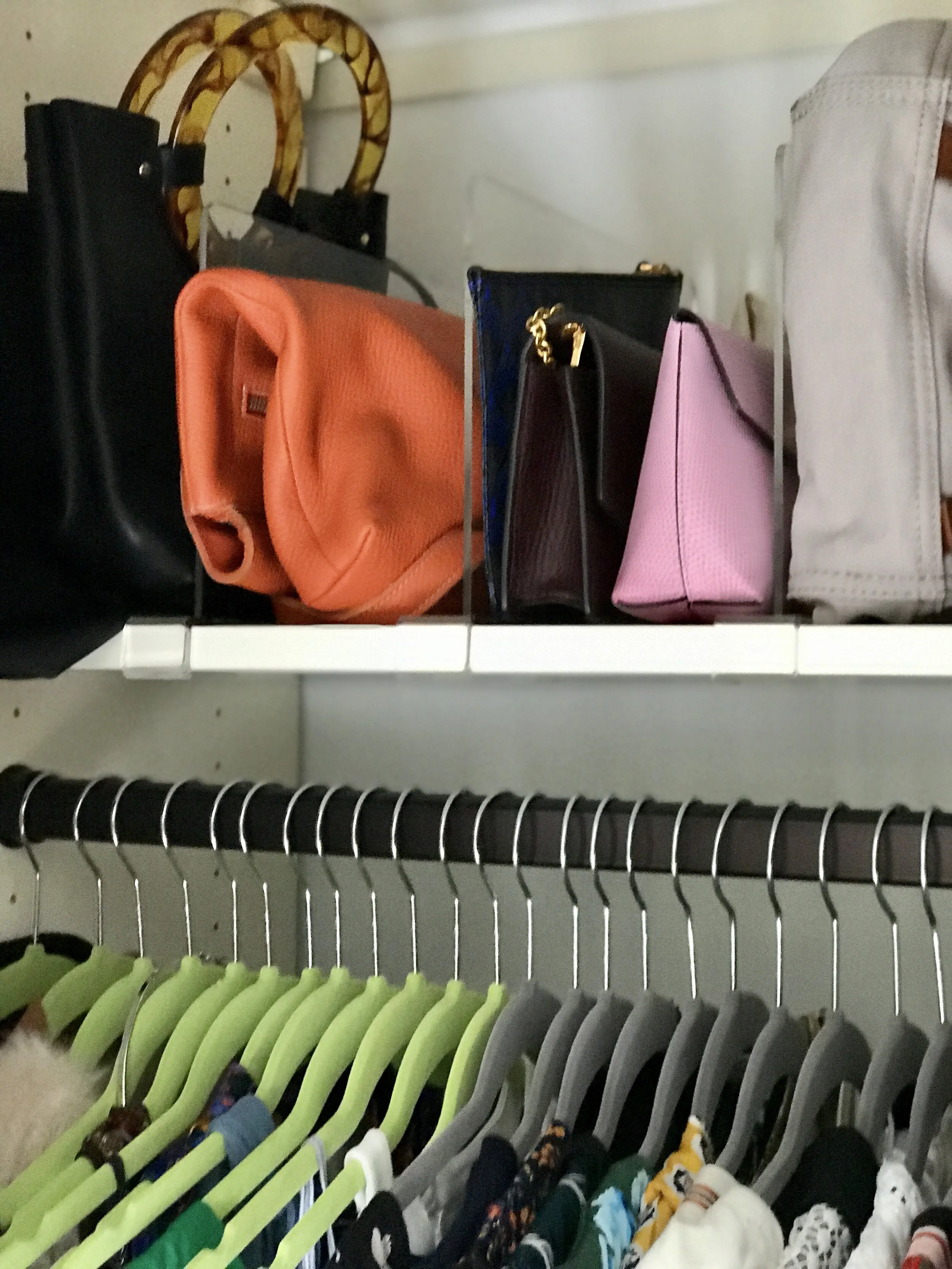Tiny homes are usually under 600 square feet, though the average size of a tiny house for sale in the US measures just 225 square feet. Here are some key findings:
The average tiny home in America costs $52,000, 87% cheaper than a regular home
Per square foot, however, tiny homes are 62% more expensive than full-size homes
Tiny houses are cheapest in North Dakota ($28,000), but Arkansas ($31,700) has the lowest price per square footage at $109 per square foot
Hawaii has the most expensive tiny real estate, average home costing over $149,000 or $490 per square foot
Tiny homes are most affordable in North Dakota, New Hampshire, and New Jersey where they cost less than 50% of an average annual household income
Colorado (-4%) and Hawaii (-3%) are the only states where tiny homes cost less per square foot than regular homes
In Massachusetts, tiny homes cost 91% less than regular homes, the biggest price difference than any other state
During the pandemic, a survey by IPX 1031 found as many as 86% of American first-time home buyers would consider buying a “tiny house” as their first home, citing affordability, efficiency, and eco-friendliness as their top considerations.
More recently, the post-pandemic housing boom has also manifested itself in the increased demand for these small living spaces. According to the Wall Street Journal, tiny house listings grew by an average of 8.6% a year since 2001. There are now more than 1.4 million homes that can be classified as “tiny”.
But what are tiny homes? How tiny are they actually? And are they really that much more affordable than their full-size counterparts?
What Are Tiny Homes and Who Is Buying Them?
Tiny houses probably reached their peak popularity when the TV show “Tiny House Nation” aired on Netflix in 2019. Small homes, typically under 600 square feet, are typically built on trailers (so they can be towed to wherever the owner’s heart desires). They are occasionally built on foundations like full-size, immovable homes.
Born out of the minimalist “less is more” narrative, the tiny house movement has popularized the idea that one can fit their life in a tiny house and enjoy it without the outsize expense of owning a full-size home.
It’s also worth noting that like minimalism in general, the tiny house movement has historically struggled to differentiate itself from class privilege, due to its gentrification of lifestyles typically associated with poverty. Tiny homes are widely touted for their reduced carbon footprint and ability to serve as an affordable living option, both feats that smaller homes and mobile homes have always accomplished, yet which have never previously been socially linked to people not able to afford regular-sized homes.And yet it’s exactly this affordability which has in recent years attracted the attention of a greater number of Americans looking to buy a home.
Statistically, Millennials are especially drawn to tiny homes due to their price, flexibility of location for remote work, and eco-friendliness. And for Baby Boomers, a tiny house is an opportunity to exchange a big empty nest of a family home for something more affordable with significantly less upkeep. These are the two demographics who are most active on the tiny house market, according to TechNavio.
For further details on this study, please click on the original article.
*Content posted with permission from Lorena Romo, Content Marketing - Porch.com















